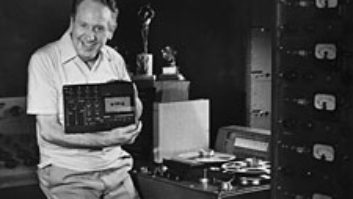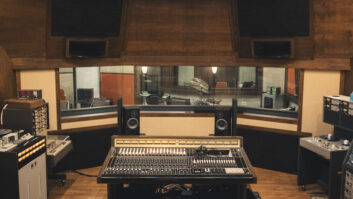The development of Sel-Sync (Selective Synchronous) recording by Ampex a half-century ago eventually turned the recording world upside down, yet it was a quiet step with little fanfare. The impetus for multitracking came from Les Paul, who was doing sound-on-sound recording as early as 1949 on a tape deck modified with an extra head and a switch to defeat the erase function. However, the technique was risky: One bad pass and the recording was ruined, and each additional pass added noise and distortion.
With the concept for an 8-track in mind, Paul met with Ampex, which started the project in 1953. The task required designing new record/play and erase heads, and the difficult switching of very low-level/high-impedance circuitry to achieve exact sync for monitoring previous tracks while overdubbing new ones. Ampex engineer Mort Fujii felt it could be done, and the first 1-inch Sel-Sync 8-track (based on an instrumentation deck) went to Paul two years later for $10,000—a sum that could have bought two nice houses at the time.
Ironically, Ampex’s attorney advised the company that the concept was “obvious engineering” and non-patentable, so no patent for multitracking was ever issued.






